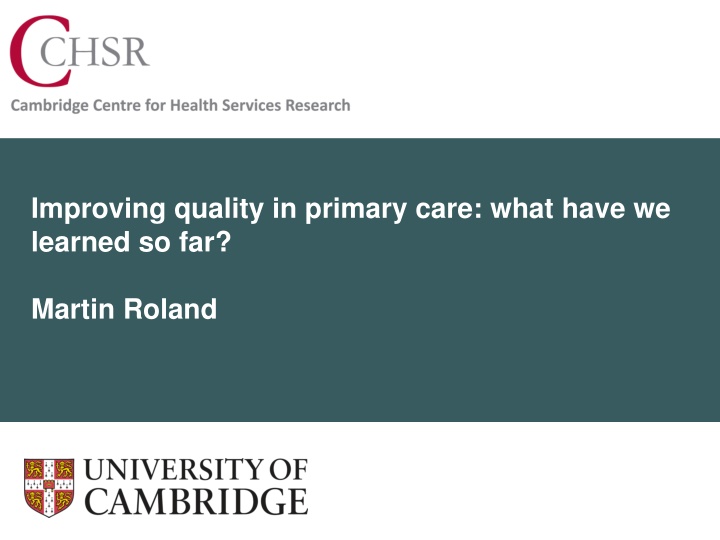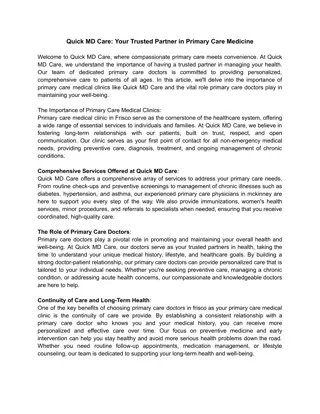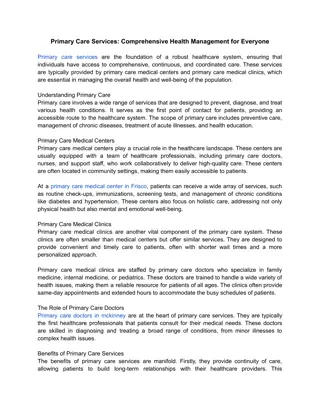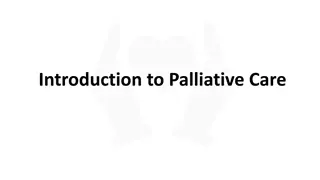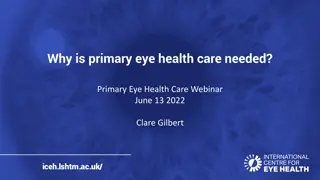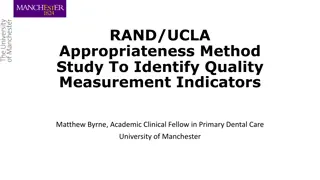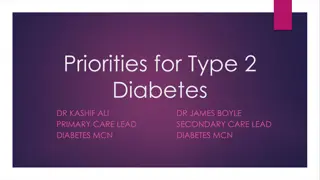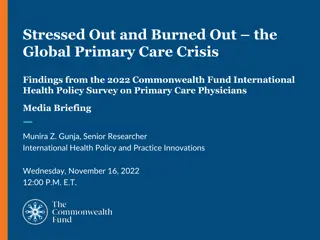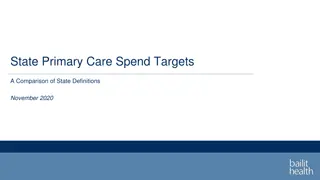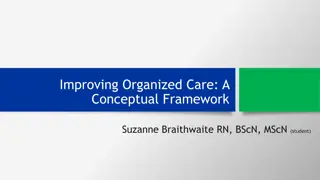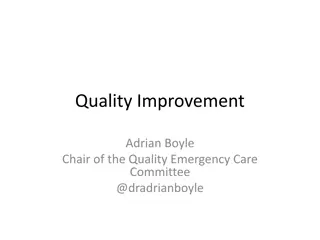Insights into Quality Improvement in Primary Care
Delve into the journey of improving quality in primary care, exploring learnings from various studies and initiatives. Understand the impact of different strategies and interventions on healthcare outcomes and professional practices. Reflect on the successes and challenges encountered in the quest for better primary care services.
Download Presentation

Please find below an Image/Link to download the presentation.
The content on the website is provided AS IS for your information and personal use only. It may not be sold, licensed, or shared on other websites without obtaining consent from the author.If you encounter any issues during the download, it is possible that the publisher has removed the file from their server.
You are allowed to download the files provided on this website for personal or commercial use, subject to the condition that they are used lawfully. All files are the property of their respective owners.
The content on the website is provided AS IS for your information and personal use only. It may not be sold, licensed, or shared on other websites without obtaining consent from the author.
E N D
Presentation Transcript
Improving quality in primary care: what have we learned so far? Martin Roland
The conference said No to a Good Practice Allowance. Dr Wilson said that the Good Practice Allowance was political and provocative, prepared by a government whose main contact seemed to have been with philosophers and trendy professors. BMJ 1986; 293: 1384-6
1998 2009 CHD Blood pressure 150/90 Total cholesterol 5mmol/l Total cholesterol 5mmol/l HbA1c 7.4% 48% 83% 17% 80% Diabetes 22% 79% 38% 55% Campbell S et al. NEJM 2009; 361: 368-78
1998 2009 CHD Blood pressure 150/90 Total cholesterol 5mmol/l Total cholesterol 5mmol/l HbA1c 7.4% 48% 83% National guidelines Audit and feedback Public reporting Annual appraisal Opinion leaders Financial incentives 17% 80% Diabetes 22% 79% 38% 55% Campbell S et al. NEJM 2009; 361: 368-78
Modest impact of P4P on quality of care 90 Percentage of maximum quality score 85 80 75 70 65 QOF 60 55 1998 1999 2000 2001 2002 2003 2004 2005 2006 2007 Asthma Heart disease Diabetes Campbell S et al. NEJM 2009; 361: 368-78
Did QOF influence outcomes? Harrison et al BMJ 2014; 349: g6423
So what was good about QOF? Increased pay and improved recruitment to general practice World leading electronic records Indicators largely related to aspects of care that GPs thought they should be doing anyway Reinforced much good professional practice (which most practices were doing anyway) Led to modest improvements in quality and some reductions in inequalities in the delivery of care
. and what didnt go so well Introduction of indicators with little professional support (e.g. PHQ9) Introduction of indicators which addressed a managerial rather than a clinical agenda (e.g. unplanned admissions DES) No financial incentive Increasingly irrelevant to the main workload (and quality) problems which were in the elderly with multiple complex problems
Percentage of NHS budget spent on general practice 12.00 11.00 10.00 9.00 England 8.00 Scotland 7.00 6.00 2005/06 2006/07 2007/08 2008/09 2009/10 2010/11 2011/12 2012/13 2013/14
GP job stressors 1998-2015 (5 point scale, 1-5) 5 4.5 4 External requirements Enough time to do job justice Increasing workload 3.5 3 2.5 1998 2000 2002 2004 2006 2008 2010 2012 2014 2016 University of Manchester. 8th National GP Worklife Survey
